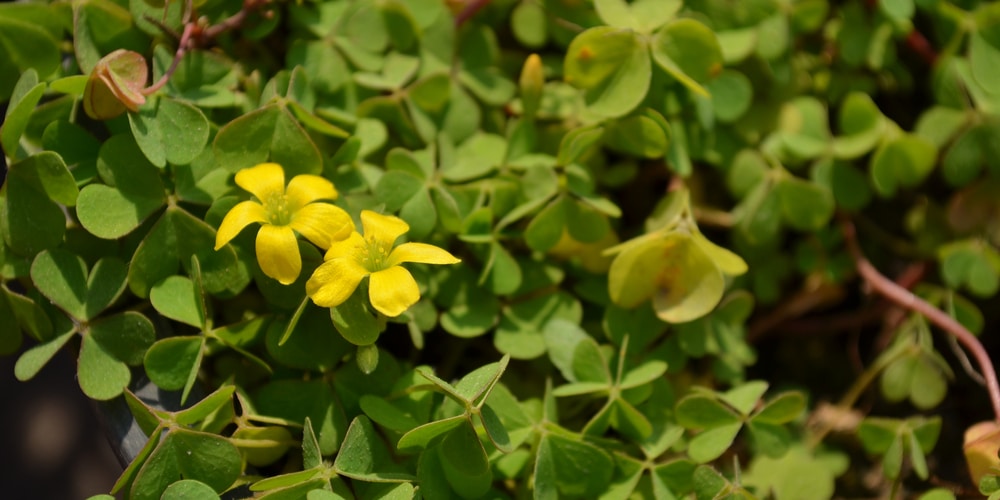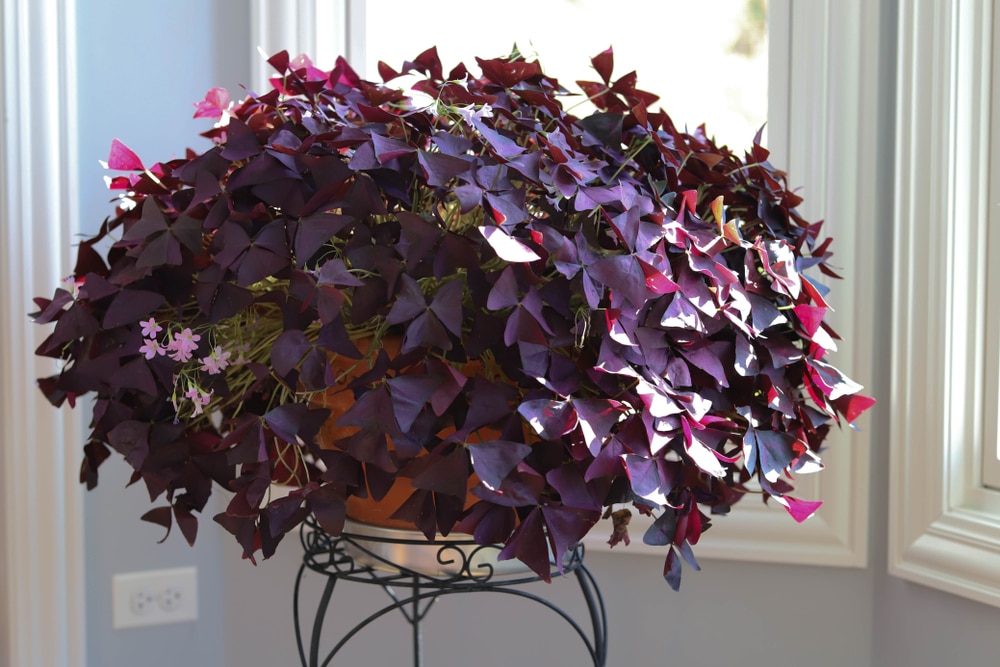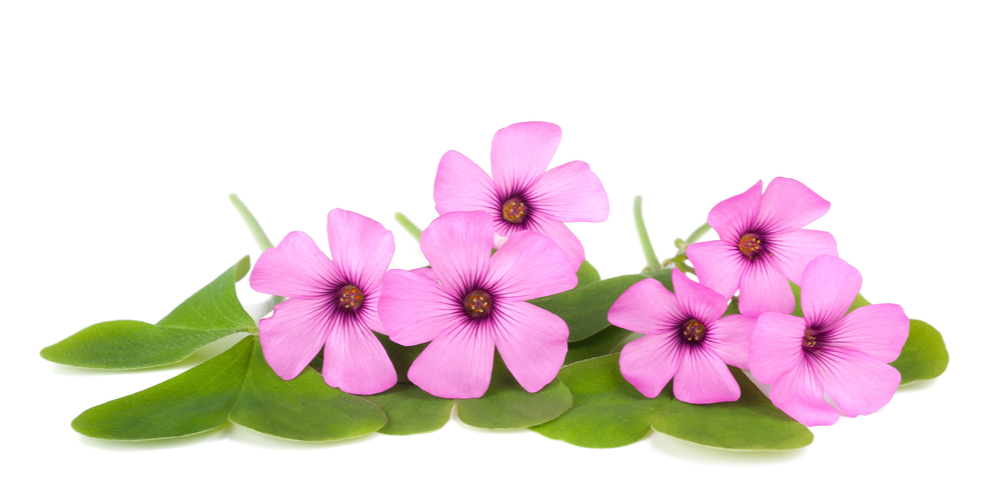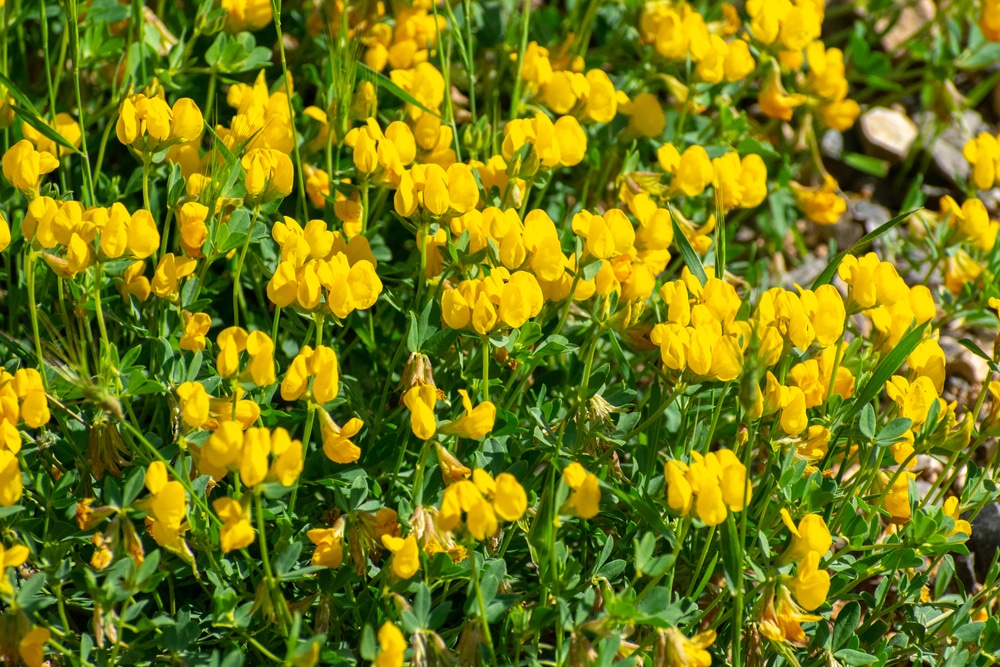Clover is a plant that can be found in many different places. It has a three-leaf pattern and is identified by its small white or pink flowers. Clover is often considered a nuisance because it can quickly overtake an area, but it also has some benefits. For example, clover is an excellent nitrogen source and can improve soil quality. Many people grow clover as a ground cover instead of grass as it’s a low-maintenance plant that’s easy to care for. There are also several weeds that look like clovers but which are actually different species.
These weeds may not have the same benefits as clovers; in some cases, they can be toxic to animals or humans. Let’s look at some of the plants that may confuse those who don’t recognize them.
Weeds that looks like clover
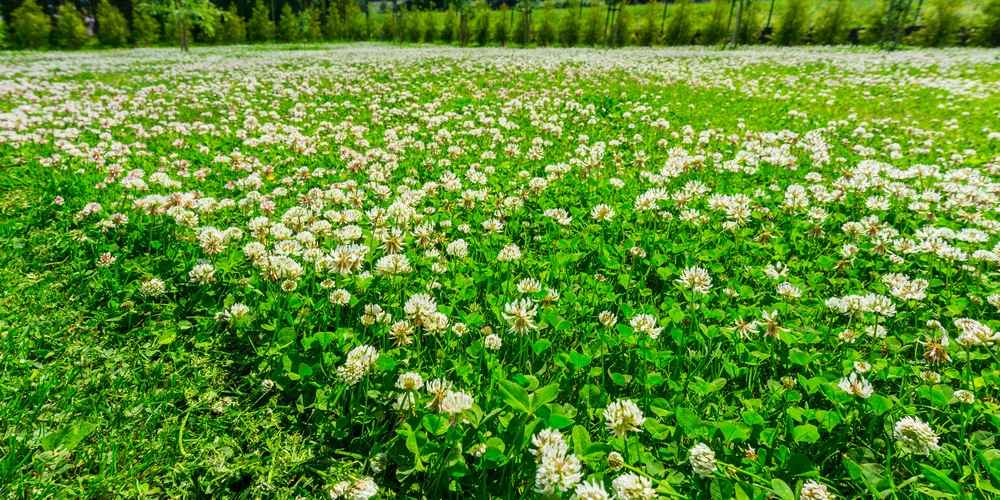
Clover is said to be good luck, especially if you can find a leaf with four leaflets. There are many other weeds and plants that look like clover include the oxalis plant, oxalis stricta, shamrock, wood sorrel and Lesser Trefoil. These plants have three leaves and grow on a weed or in carpeting growth.
The key differences between them and clovers are their flowers’ color and their stems’ appearance.
Oxalis plant
Oxalis is a perennial weed with trigonal leaves with three or four leaflets, like clover. It produces tiny white flowers and can be found in many places, including lawns, gardens, meadows, roadsides, and forests.
Oxalis is part of the botanical family Oxalidaceae and is native to Asia and South America. Although oxalis is a weed in its native environment, it’s often grown as a house plant in other parts of the world.
Oxalis stricta
Oxalis stricta is another similar plant that has a resemblance to clover. This plant is native to Europe and North America and has small heart shapes leaves that grow in threes. The flowers are yellow in color, which makes them stand out against the green foliage.
This plant looks very similar to clover but has a more upright growth habit and produces seed pods that grow straight upwards in the fall.
Shamrock
Shamrock is a plant that can be grown indoors and outside. It looks very similar to clover but is more delicate. The plant is very small when mature and generally only grows to be able 6 inches. It comes in different varieties and has either green or purple leaves. These plants are considered lucky and are often grown as they are thought to bring good luck, prosperity, and protection to the home.
Shamrock are easy to care for, but will become dormant during the summer months when they require a dark place to rest before beginning to regrow in the fall.
Wood sorrels
Wood sorrel is a weed that can sometimes be confused with clover, but it has leaves with three leaflets and not four. The flowers are also slightly different because they have five petals rather than the threes of clovers. This plant grows in woods, hedges, and roadsides, as well as gardens.
Lesser trefoil
Lesser trefoil is a weed with leaves with three leaflets and produces yellow flowers. It can often be found growing in meadows, and grasslands but will sometimes spread along roadsides and to peoples yards. Other names for this plant include Birdsfoot Trefoil, Lesser Yellow Trefoil, Rantipus, and Goat’s Foot.
Conclusion
As you can see, several plants look like clovers, making them challenging to identify. If you’re unsure whether a weed is a clover or one of the other plants that may appear similar, it’s essential to do some research. This can help you identify any weeds growing on your property that might cause problems, and it will also help you avoid accidentally using these plants in gardening or landscaping projects.
With proper knowledge of these weeds and their features, it is possible to spot them easily and keep your lawn or garden weed-free.
